So many restoration projects fail when we try to bring Mother Nature back in a year and a half. In the business of landscape scale restoration, short-term, small-scale efforts are simply not good investments. And long-term requires partnership.
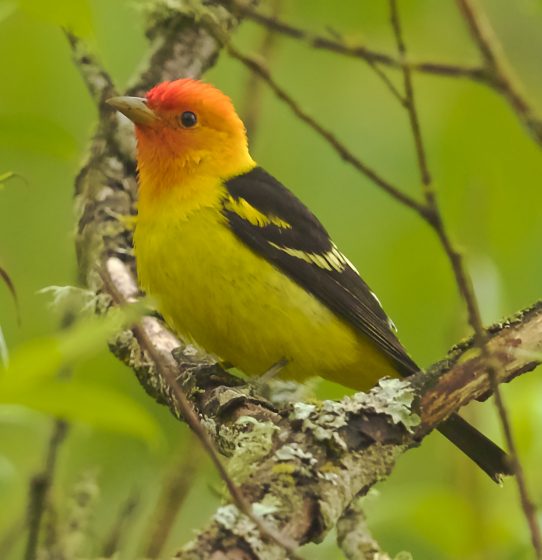
Regardless of your perspective, there’s no question that it’s instructive to watch a landscape transform under the influence of rapid urban growth and climate change. That new development, for example: We can view it as a positive change that provides welcoming homes for thousands of new residents, drawn to the opportunities that Oregon’s Washington County offers them and their families. For those of us with experience in the field of public works, it is constantly amazing to observe the efficiency and poetry displayed in the creation of a new development like this one. In the span of a year and a half, we see the creation of a new transportation network, delivery of clean healthy water, a new sanitation system, electricity, and the many other services needed to provide a safe and healthy environment for humans. It is remarkable how quickly the landscape changes in order to provide the services needed by a thriving human community here in the Tualatin River Watershed.
The delivery of parallel services to wildlife can be very different, however. For wildlife, the benefits of food, shelter, and clean water are often provided by native vegetation along stream corridors. What we’ve learned along the way is that wildlife and humans both benefit when they are given an opportunity to work together. If we take a step back and think about human needs on a landscape level, we realize that humans and wildlife alike rely on the many benefits provided by our natural resources, including clean air, healthy soil and clean water. The real challenge is finding efficient ways to deliver these natural resources benefits for both humans and wildlife.
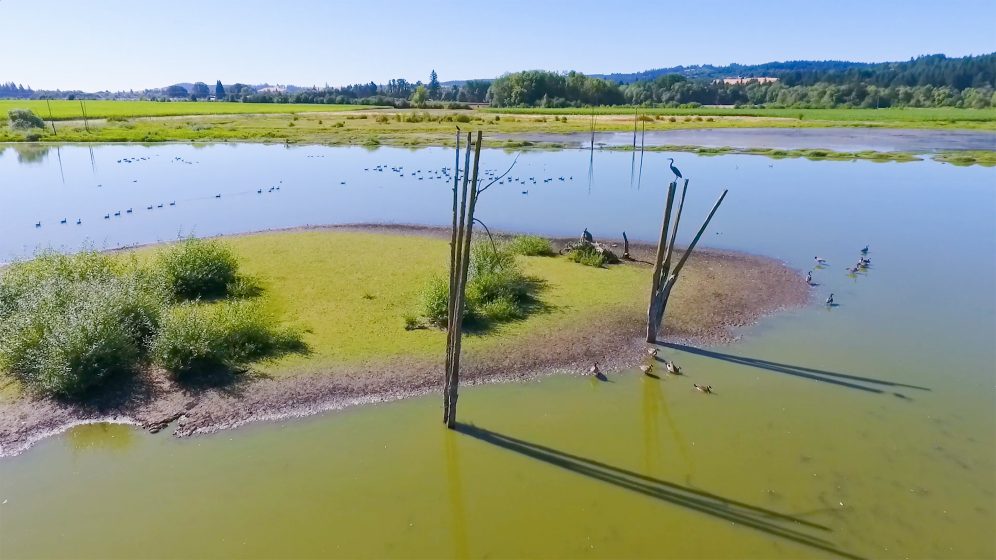
Over the course of a dozen plus years, Tree for All has efficiently planted more than 10 million native trees and shrubs throughout the Tualatin River Watershed. Along the way, we have had many opportunities to celebrate this success with local business leaders and elected officials. On one of these occasions I had an interesting conversation with a person who has since become a friend who criticized this work as a waste of time, producing leaves that had to be picked up, trees that dropped branches in roadways, and the enormous amount of money needed to maintain these “nutty” green assets. I must admit that I had to bite my lip and take a deep breath as I struggled to understand his point of view. Maybe he was looking through a different lens, I thought. Perhaps a new experience could provide him with a more nuanced and accurate perspective—a new pair of bifocals, if you will.
I invited this now-friend to join me at a Tree for All community planting event at a city park near his home. To my delight, he accepted. He became the newest recruit to the army of volunteers that comes together every year, in the worst and muddiest weather, to plant native trees in local parks and natural areas all over Washington County. They participate for many different reasons. Some volunteer as a way to combat climate change, others join in to get their kids out of the house. Some plant a tree to remember a loved one, while others just enjoy the free donuts and an opportunity to chat with friends and neighbors. Regardless of the reason they showed up, each participant is changed by the experience. They have tasted their interdependence with the natural world around them. They more deeply understand how we can make room for nature, and how we can efficiently provide the services that are needed for a welcoming wildlife home. It is interesting, and sometimes transformative, to view the world through Mother Nature’s lens. It is safe to say that after that day my friend found a nice new pair of bifocals that saw both humans and wildlife as important.
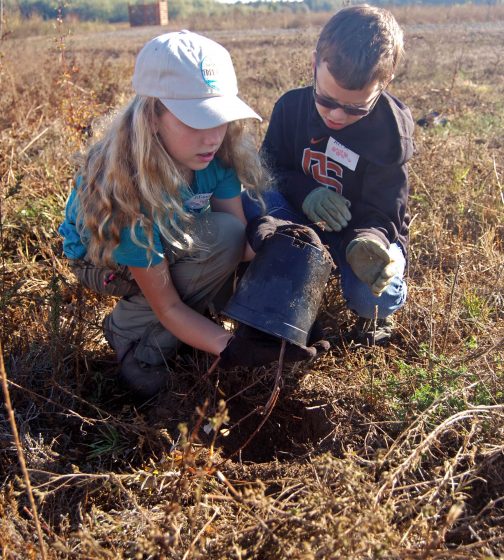
The long haul
Landscape conservation requires that we think long-term about our investment and stewardship. We are putting actions in place that address both our community’s needs today and the interests of future generations.
At work, the shiny new development miles behind me, I have the good fortune to have a desk just steps from Jackson Bottom Wetland Preserve. Watching the patience of a Great Blue Heron hunting for lunch as it wades through the water at Jackson Bottom reminds me that it often takes years–and sometimes decades–to create a welcoming home for local wildlife. A dozen years ago, this same location was drained dry, a sea of invasive grasses with marginal wildlife habitat. So much has happened since then to provide a home to this Great Blue Heron, along with more than 211 other species of birds. In the first two years, it started with the removal of non-native plants, tilling and reshaping the soil, removing channels, and planting native grasses. During the third year of this effort, the landscape was ready for woody and herbaceous plants, such as willows and forbs, to be placed throughout the wetland. During the next couple of years, native plants began to provide habitat for insects, song birds and waterfowl. Before long, waterfowl had the nesting material and open water needed to raise their families alongside the newly arrived frogs and turtles.
Now, after twelve years, this 600 acre wetland is home to one of the state’s largest Great Blue Heron rookeries, shorebirds, song birds, and the list goes on. Its award-winning environmental education center attracts people of all ages, who learn to balance the needs of humans and wildlife for the benefit of future generations. It is interesting how native vegetation and access to water puts in motion the services needed for a thriving wildlife community. It also helps me understand why so many restoration projects fail when we try to bring Mother Nature back in a year and a half. In the business of landscape scale restoration, short-term, small-scale efforts are simply not good investments.
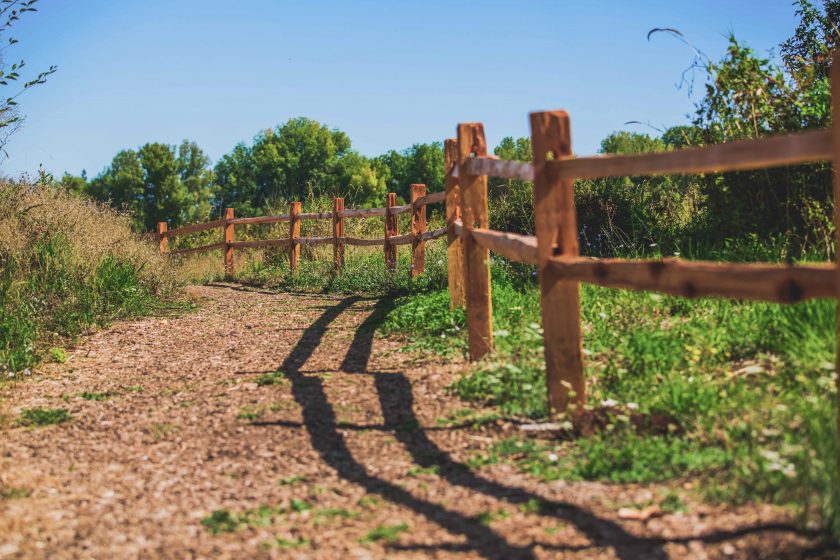
Partnership snapshot: The Jackson Bottom Wetlands Preserve
Designated as an Important Bird Area by the Audubon Society, the Jackson Bottom Wetlands Preserve is a complex mosaic of wetlands, wet prairie, riparian forest and oak woodland located along the Tualatin River on the southwest edge of Hillsboro, Oregon, the largest city in Washington County. Bordered by agricultural, residential and public sector activity, it serves as an important wildlife refuge for resident and migratory birds, deer, river otter, beavers and amphibians. The preserve is part of a vast complex of open space, wildlife corridors, and lowlands that stretches throughout the Tualatin River Basin and is a partnership between the City of Hillsboro, Clean Water Services, and the Jackson Bottom Wetlands Preserve nonprofit organization. Read more about how these partners continue to transform and expand the Preserve here.
Taking Conservation to Scale video:
Good business
“The Tree for All program is a business model that allows partners to align and integrate their resources around a common investment strategy. In a single year, TFA partners planted more than two million trees and shrubs along the creeks and tributaries of the Tualatin River Watershed. Along with those new two million plantings, their investment strategy has resulted in saving ratepayers more than $100 million in the last 10 years, restored over 120 river miles in the last 10 years; created wildlife corridors for fish and birds, and has engaged thousands of volunteers in natural area restoration” – Pam Treece, Director of the Westside Economic Alliance and incoming (January 2019) member of the Washington County Board of Commissioners
“Green infrastructure costs too much!”
“I can’t afford to plant trees because we don’t have the budget.”
“I put the plants in the ground and it sure costs a lot to maintain them.”
These comments are not uncommon, and not surprising, depending on which lens we are looking through. If we take the long haul view; what does it really cost? During my career, I have seen more failures than success when it comes to restoring Mother Nature. Unfortunately, these situations can perpetuate the notion that green infrastructure is too expensive. More times than not we forget that it takes time to bring back the services Mother Nature needs to be successful. Would we move into a new home if it lacked a roof and electricity? Would it be good business if we built that new house but forgot about water and sanitation, then moved on to build another similar house? Would the Great Blue Heron find a welcoming home if there was no water, no food and no nest material?
It is clear that to be successful both humans and wildlife need an environment where natural resources benefits are available and functioning properly. The Tree for All program has been delivering restoration at the landscape scale for almost a dozen years and during this time we have learned that restoration can be a good business move. The lessons we’ve learned have enabled us to create large scale projects which are able to meet multiple objectives, such as the new Wapato Lake National Wildlife Refuge. We have also learned the importance of transformative partnerships, and that green assets actually reduce capital and operational costs over time. Pumps and pipes may seem more straightforward to those who shy away from the maintenance costs of green infrastructure, but the truth is that investments in natural processes become assets over time.
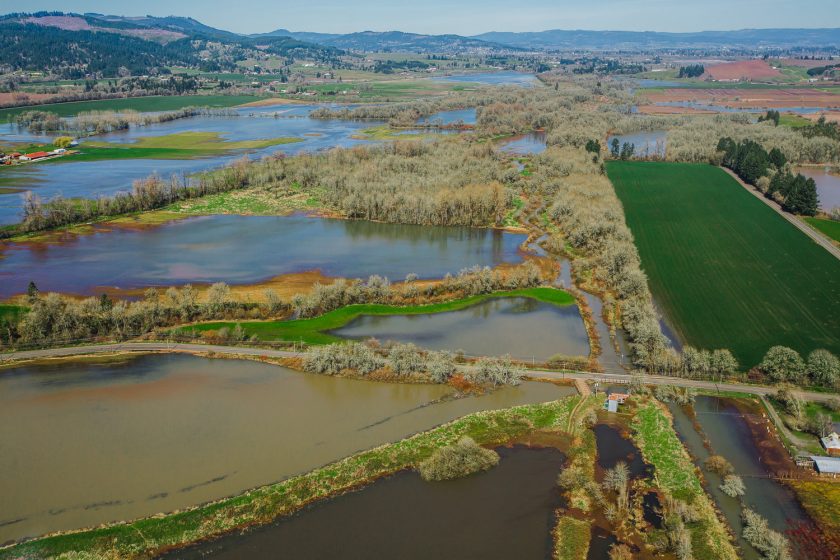
Partnership snapshot: The U.S. Fish and Wildlife Service
The United States Fish and Wildlife Service is a longtime key partner of Tree for All. Since the partnership began, the USFWS has been part of more than 1300 acres of Tree for All projects, including two wildlife refuges. The Tualatin River National Wildlife Refuge (TRNWR), established in 1992, was the first of these. A collective enthusiasm about TRNWR encouraged more USFWS projects to take place here—the most recent being Wapato Lake National Wildlife Refuge (WLNWR). Established in 2013, WLNWR is the newest wildlife refuge in the United States. A unique partnership between Intel, U.S. Fish and Wildlife, the Joint Water Commission, Tualatin Soil & Water Conservation District, Clean Water Services and the Clean Water Institute reflects a shared commitment to protect the water quality of the Tualatin River; provide high-quality habitat for birds and other wildlife; and increase the resiliency of the natural systems we all depend on. The restoration of Wapato Lake National Wildlife Refuge offers an unrivaled opportunity to add over 800 acres to the existing 5,000 acres of near-contiguous Tualatin River floodplain habitat that has already been placed in conservation by a diverse network of collaborative partners working throughout the basin. These partnerships have already resulted in the restoration of over 700 acres of riparian forest to protect the water quality of the River and provide wildlife habitat on Refuge lands and have also infused vital public funding for environmental education programs at the Tualatin River National Wildlife Refuge.
Wapato Lake is the ultimate example of what can happen when community members come together to protect and enhance the natural areas in our watershed. It protects drinking water supplies, encourages watershed-friendly farming practices, provides storage capacity for extreme weather events, provides recreational and tourism opportunities, and benefits soil health. A project like these brings public and private investors to the table These are just a few of the multiple objectives achieved by landscape scale restoration. By making room for these other needs, many new public and private investors come to the table—and research is beginning to show how these kinds of partnerships result in powerful benefits.
Partnership snapshot: The Intertwine Alliance
The Intertwine Alliance is a coalition of more than 150 public, private and nonprofit organizations working to integrate nature more deeply into the Portland-Vancouver metropolitan region. The Intertwine leverages investments in nature by building connections across sectors, organizing summits and forums, facilitating collaborative initiatives, and helping partners build capacity through training and education. In 2017, the Intertwine Alliance and a research team from Portland State University’s Institute of Sustainable Solutions conducted a study to explore the relationship between collaborative partnerships and on-the-ground outcomes. The project focused primarily on Tree for All’s work in the Tualatin River Watershed and found that collaborative partnerships, such as those facilitated by the Intertwine Alliance, enables organizations to more effectively achieve their goals. Read the full report by Rebecca McLain here.
In order to create resilient, thriving landscapes, we have to act on unprecedented scale. It will take new kinds of partnerships, new sources of funding and …
Innovation
One of the first lessons learned during the development of the Tree for All program was the need to innovate. In the early days, pilot projects provided a lot of interesting information. More times than not, if we looked at the cost of a single pilot project and projected the resources needed to go to scale, I’d find myself wringing my hands and wanting to invest in a lottery ticket. Over the course of dozen years we did “strike it rich” by thinking outside the box and reengineering every aspect of project delivery which included planning, monitoring, and financing.
So often restoration planning tries to anticipate Mother Nature’s return for the next 100 years by creating elaborate models and thinking we can actually predict when and where vital services will be available for wildlife. In the case of Tree for All, we learned that focusing on foundational native plant communities was one of the best recipes for bringing back wildlife. Successful native plants populations bring the native insects and other food sources needed by wildlife. In addition, native plants provide the wildlife highways and habitat needed for keystone species like Beaver, Blue Heron and amphibians.
When Tree for All started, the going rate in our region to grow and install a single native plant was in the three-dollar range. Today, that cost is running between 50 and 70 cents. Cost savings were realized by implementing innovative site preparation techniques, slashing administrative costs, finding new ways to contract and distribute native plants, stimulating the private sector workforce, and rethinking how we monitor for success.
Having completed more than 700 projects, Tree for All has been able to transition from project-based monitoring to a system that is able to measure success across broad landscapes. This approach brings great cost savings as we have moved to real-time paperless monitoring and drone technologies.
On the financing front, finding creative ways to weave together diverse funding sources is as much an art as it is a science. We have learned that if we begin projects by cultivating transformative partnerships, it became much easier to find innovative ways to finance large scale projects. Again, the Intertwine/Portland State University research project addresses this point in depth. Once each partner recognizes and values each other’s work, it is truly amazing how quickly resources move into projects. While there is no shortage of interest in identifying innovative financing strategies, we have found that a focus on partnerships is fundamental to success.
Restoration work along streams in the Tualatin River Watershed helps support local business, healthy watersheds and a vibrant community. Produced by Sheepsco:
Summary: Balancing human and wildlife needs for a resilient future
Imagine watching a forestry crew place 30,000 native plants in the ground in a single day along miles of urban and rural streams. This is no fantasy, but the reality that we’re witnessing in the Tualatin River Watershed today. Moving from pilot programs to scale has been a historic journey carried out by amazing transformative partnerships that share a common vision and an understanding that we are in it for the long haul. Success has resulted from thinking outside the box and constantly asking: How do we efficiently provide natural resources benefits for both humans and wildlife?
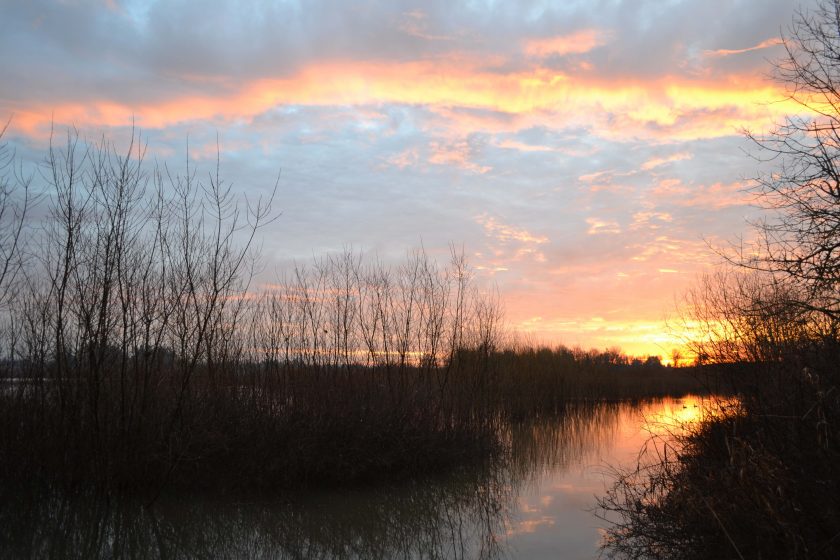
As we look forward, the Tree for All dream of a resilient and healthy watershed in the midst of rapid urbanization and climate change is quickly becoming the vibrant reality for the wildlife and humans of the Tualatin River Watershed.
Bruce Roll
Portland


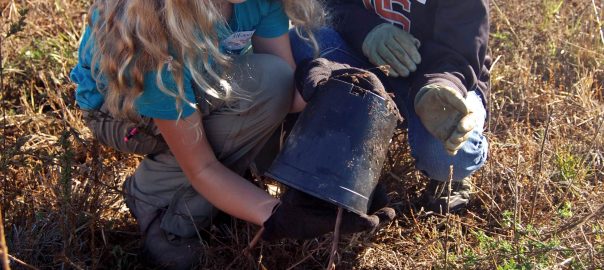
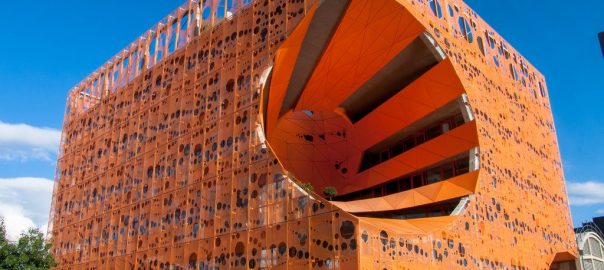

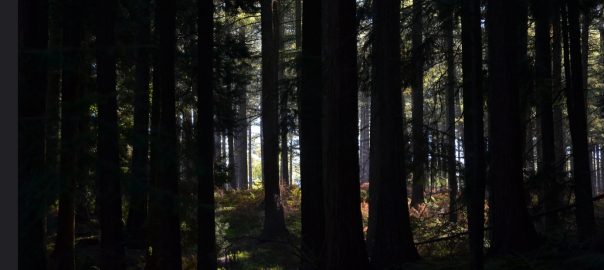

Leave a Reply